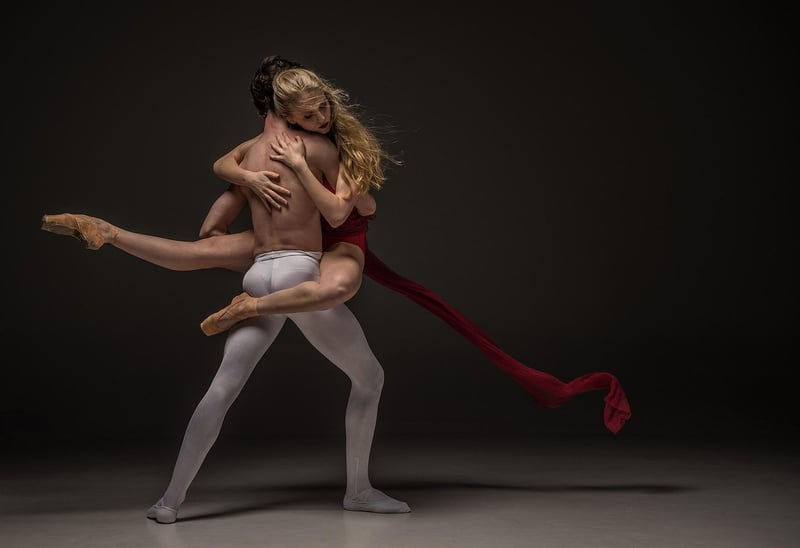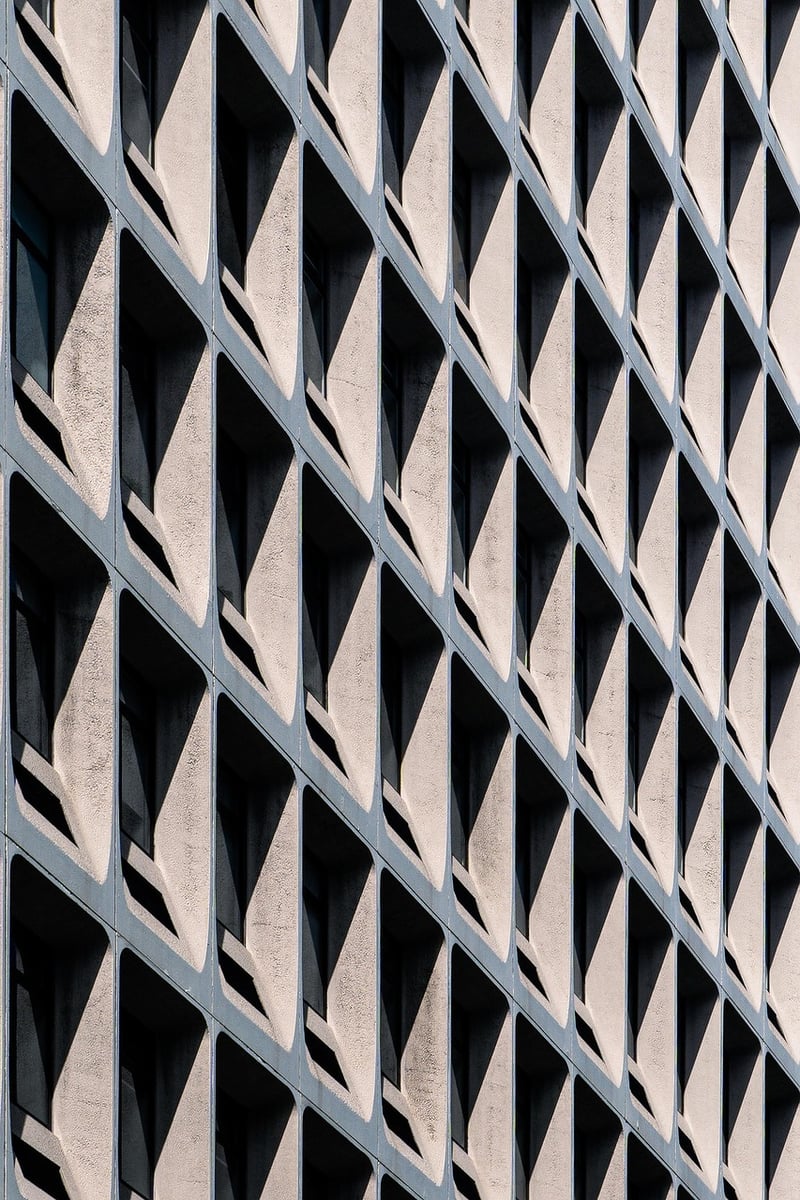Contemporary
The Power of Expressive Movement to Music in Contemporary Dance
Contemporary dance is a form of expressive movement that combines elements of several dance genres, including modern, jazz, and ballet. One of the key aspects that sets contemporary dance apart is its focus on emotion, storytelling, and individual interpretation. Central to this form of dance is the profound connection between movement and music, which plays a vital role in shaping the narrative and emotional depth of a performance.
The Role of Music in Contemporary Dance
Music serves as the heartbeat of contemporary dance, guiding dancers through their movements and evoking powerful emotions. The relationship between music and movement is symbiotic, with each influencing the other to create a seamless and compelling performance. Whether it's a haunting melody, a driving rhythm, or a delicate piano piece, the music sets the tone for the dance piece and inspires the choreography.
Expressive Movement and Emotion
Expressive movement in contemporary dance is a language of its own, allowing dancers to communicate complex emotions and narratives without saying a word. Through fluid gestures, dynamic leaps, and intricate floorwork, dancers convey a range of feelings – from joy and passion to sorrow and despair. The synergy between movement and music amplifies the emotional impact of the performance, drawing the audience into the dancer's world.
Choreographing with Music
Choreographers play a crucial role in shaping the relationship between movement and music in contemporary dance. They carefully select music that resonates with the theme and emotional arc of the piece, using rhythm and tempo to structure the choreography. By intricately weaving together movement phrases with musical cues, choreographers create a harmonious blend of sight and sound that captivates audiences.
Exploring Creativity and Individuality
Contemporary dance celebrates creativity and individuality, allowing dancers to express their unique voice through movement. The freedom to interpret music in a personal and authentic way empowers dancers to infuse their performances with depth and meaning. This artistic freedom fosters innovation and pushes the boundaries of traditional dance, resulting in evocative and thought-provoking works of art.
Conclusion
Expressive movement to music lies at the heart of contemporary dance, offering a platform for dancers to explore emotions, tell stories, and push artistic boundaries. The seamless integration of movement and music creates a mesmerizing dance experience that resonates with audiences on a profound level. As contemporary dance continues to evolve and innovate, the power of expressive movement to music remains a timeless and captivating force in the world of dance.

Explore the world of contemporary dance and immerse yourself in the beauty of expressive movement to music.
For more information and resources on contemporary dance, visit Contemporary Dance Website.
